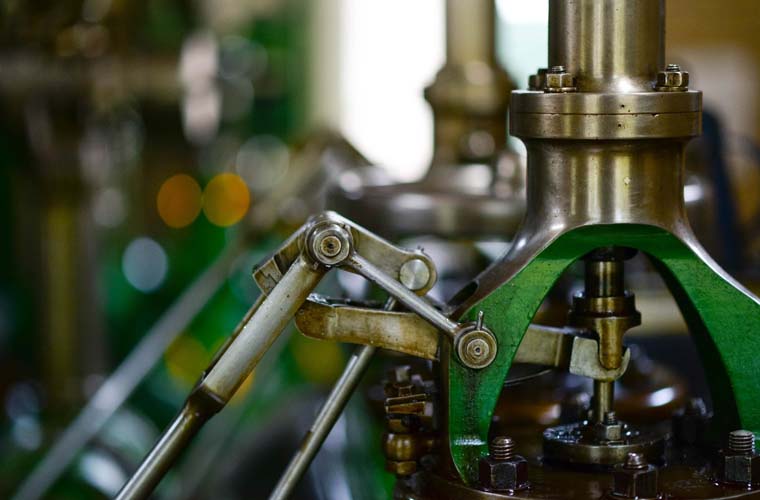From operating heavy machinery to something as basic as keeping the lights on, manufacturing takes a lot of energy. Barry Crackett is a Product Designer at Brushtec, a company that has made several energy-saving changes to their manufacturing process. He has these tips for making sure operations are as eco-friendly as possible.
The sheer scale of the manufacturing industry makes a lot of people nervous about its environmental impact. To make the products that we need, factories require huge amounts of energy and produce a lot of waste in return — some of which could be pollutants. Global warming is a hot topic in politics and the media, and our increasing awareness of the effects of our energy usage means it’s never been more important to make changes to our operations that are better for global health.
Why going eco-friendly matters
As well as being good for the planet, manufacturing company stakeholders should consider the financial advantages of adopting eco-friendly practices. Greener companies benefit from lower costs and reduced overheads, and the government offers several incentives, like reductions in environmental taxes, that can make the decision to go green a little bit easier.
Going environmentally friendly can incur an initial upfront cost, but with a relatively short payback period. Some changes are instantly positive, others further down the line, but a small investment now can make money in the future. If it seems intimidating to make such big investments, businesses can start small and look for changes that have an immediate impact before working their way up to major restructures.
Energy surveys
Energy surveys, done internally or through third party auditors, are used to understand how much energy a business uses and identify which areas can be improved. By looking into various elements of the business, like building structure, machinery, and practices, these audits highlight potential changes and suggest how they can be implemented.
Regular energy surveys are the best way to gain insight into a company and continually improve the way it operates. They can also be used to measure the progress of recently implemented changes by keeping a record of how much energy has been saved.
Renewable energy
The burning of fossil fuels contributes directly to climate change, so it is worth looking into alternative energy sources that are cleaner and, in some cases, cheaper. Switching to a green energy source might not support the whole manufacturing process if an especially large amount of electricity is required, but energy surveys can be used to determine the areas that can be improved by implementing renewable energy.
Some energy sources have little to no carbon emissions, such as wind, solar, and hydropower. Companies can talk to their energy suppliers about what green options they have available, or they can install their own renewable energy equipment if their budget and level of commitment allows.
Managing waste
Waste is just as big a threat to the planet as energy consumption, and that includes surplus materials or by-products left over from the manufacturing process. If they’re not hazardous, a lot of these materials can be recycled within the company that produced them or exported to another business to use — for example, cardboard can be used to make new packaging, or sent out to farms to use as bedding. Recycling leftover materials also does away with a lot of disposal costs and can be good PR if customers and potential partners are looking for companies that are eco-friendly.
Another good way to reduce waste is to make sure equipment is cleaned, maintained, and updated regularly to the latest model. The most recently released machinery is usually a lot more efficiently powered, and their precision reduces waste by failing to produce faulty products. Product designs should be audited regularly, as well — could any parts of their manufacture be made more efficient to minimise waste?
Everyday changes
The most effective energy surveys pay close attention to how environmentally-friendly alternatives can be incorporated into every part of a business, no matter how insignificant a change may seem.
Some of the easier and more immediately gratifying ways to reduce energy consumption include swapping to energy-saving lightbulbs, which are cheaper to power and have a longer lifespan than incandescent bulbs. CFL and LED bulbs cost slightly more upfront but save energy straight away, offering an almost instant return on investment, and don’t have to be changed as often.
Heat is another common way to waste energy and can be combated by optimising a building’s insulation. Reducing the temperature by as little as 1% can make a big difference to a heating bill so taking steps to retain heat and prevent its escape can save a lot of money.
With the threat of global warming, it’s important to make sure that we all do our part to make our manufacturing operations as eco-friendly as possible. Businesses can use energy surveys to figure out which green solutions work for them and start small by making everyday changes building up to major investments.

